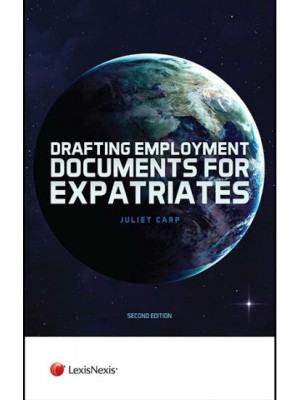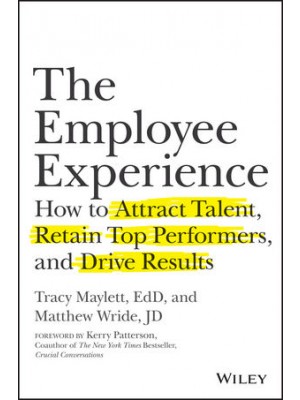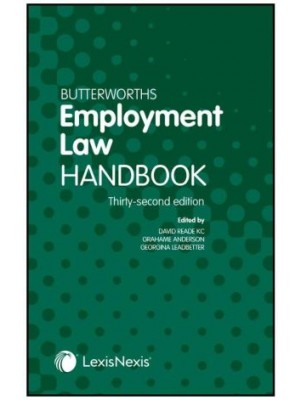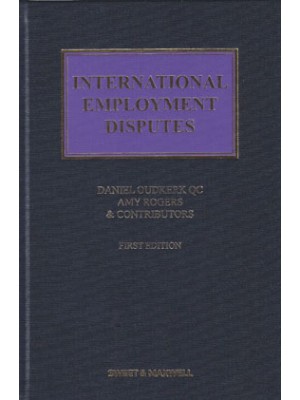Foreword by Harry Markowitz xi
Preface xiii
SECTION ONE Basics of Asset Allocation
CHAPTER 1 What Is an Asset Class? 3
Stable Aggregation 3
Investable 4
Internally Homogeneous 4
Externally Heterogeneous 5
Expected Utility 5
Selection Skill 6
Cost-Effective Access 6
Potential Asset Classes 7
References 8
Notes 8
CHAPTER 2 Fundamentals of Asset Allocation 9
The Foundation: Portfolio Theory 9
Practical Implementation 12
References 23
Notes 23
SECTION TWO Fallacies of Asset Allocation
CHAPTER 3 The Importance of Asset Allocation 27
Fallacy: Asset Allocation Determines More Than 90 Percent of Performance 27
The Determinants of Portfolio Performance 27
The Behavioral Bias of Positive Economics 30
The Samuelson Dictum 34
References 34
Notes 35
CHAPTER 4 Time Diversification 36
Fallacy: Time Diversifies Risk 36
Samuelson’s Bet 36
Time, Volatility, and Probability of Loss 36
Time and Expected Utility 37
Within-Horizon Risk 40
A Preference-Free Contradiction to Time Diversification 41
The Bottom Line 41
References 42
Notes 42
CHAPTER 5 Error Maximization 43
Fallacy: Optimized Portfolios Are Hypersensitive to Input Errors 43
The Intuitive Argument 43
The Empirical Argument 44
The Analytical Argument 48
The Bottom Line 52
References 53
Notes 53
CHAPTER 6 Factors 54
Fallacy: Factors Offer Superior Diversification and Noise Reduction 54
What Is a Factor? 54
Equivalence of Asset Class and Factor Diversification 55
Noise Reduction 57
Where Does This Leave Us? 59
References 59
Notes 59
CHAPTER 7 1/N 60
Fallacy: Equally Weighted Portfolios Are Superior to Optimized Portfolios 60
The Case for 1/N 60
Setting the Record Straight 61
Empirical Evidence in Defense of Optimization 61
Practical Problems with 1/N 62
Broken Clock 63
The Bottom Line 64
References 64
Note 64
SECTION THREE Challenges to Asset Allocation
CHAPTER 8 Necessary Conditions for Mean-Variance Analysis 67
The Challenge 67
Departures from Elliptical Distributions 68
Departures from Quadratic Utility 71
Full-Scale Optimization 73
The Curse of Dimensionality 75
Applying Full-Scale Optimization 77
Summary 78
References 79
Notes 79
CHAPTER 9 Constraints 80
The Challenge 80
Wrong and Alone 80
Mean-Variance-Tracking Error Optimization 81
References 85
Note 85
CHAPTER 10 Currency Risk 86
The Challenge 86
Why Hedge? 86
Why Not Hedge Everything? 87
Linear Hedging Strategies 90
Nonlinear Hedging Strategies 96
Economic Intuition 100
References 101
Notes 102
CHAPTER 11 Illiquidity 103
The Challenge 103
Shadow Assets and Liabilities 103
Expected Return and Risk of Shadow Allocations 105
Other Considerations 107
Case Study 108
The Bottom Line 118
Appendix 119
References 120
Notes 120
CHAPTER 12 Risk in the Real World 121
The Challenge 121
End-of-Horizon Exposure to Loss 121
Within-Horizon Exposure to Loss 123
Regimes 124
The Bottom Line 127
References 127
Notes 127
CHAPTER 13 Estimation Error 128
The Challenge 128
Traditional Approaches to Estimation Error 129
Stability-Adjusted Optimization 131
Building a Stability-Adjusted Return Distribution 140
Determining the Optimal Allocation 142
Empirical Analysis 143
The Bottom Line 146
References 146
Notes 147
CHAPTER 14 Leverage versus Concentration 148
The Challenge 148
Leverage in Theory 148
Leverage in Practice 150
The Bottom Line 156
References 157
Notes 157
CHAPTER 15 Rebalancing 158
The Challenge 158
The Dynamic Programming Solution 159
The Markowitz–van Dijk Heuristic 163
The Bottom Line 166
References 167
Notes 167
CHAPTER 16 Regime Shifts 168
The Challenge 168
Predictability of Return and Risk 169
Regime-Sensitive Allocation 169
Tactical Asset Allocation 174
The Bottom Line 179
Appendix: Baum-Welch Algorithm 180
References 181
Notes 182
SECTION FOUR Addendum
CHAPTER 17 Key Takeaways 185
CHAPTER 18 Statistical and Theoretical Concepts 192
Discrete and Continuous Returns 192
Arithmetic and Geometric Average Returns 193
Standard Deviation 194
Correlation 195
Covariance 196
Covariance Invertibility 196
Maximum Likelihood Estimation 198
Mapping High-Frequency Statistics onto Low-Frequency Statistics 198
Portfolios 199
Probability Distributions 200
The Central Limit Theorem 201
The Normal Distribution 201
Higher Moments 201
The Lognormal Distribution 202
Elliptical Distributions 202
Probability of Loss 203
Value at Risk 203
Utility Theory 204
Sample Utility Functions 204
Alternative Utility Functions 204
Expected Utility 206
Certainty Equivalents 206
Mean-Variance Analysis for More Than Two Assets 207
Equivalence of Mean-Variance Analysis and Expected Utility Maximization 208
Monte Carlo Simulation 208
Bootstrap Simulation 209
References 210
Note 210
CHAPTER 19 Glossary of Terms 211
Index 233
































